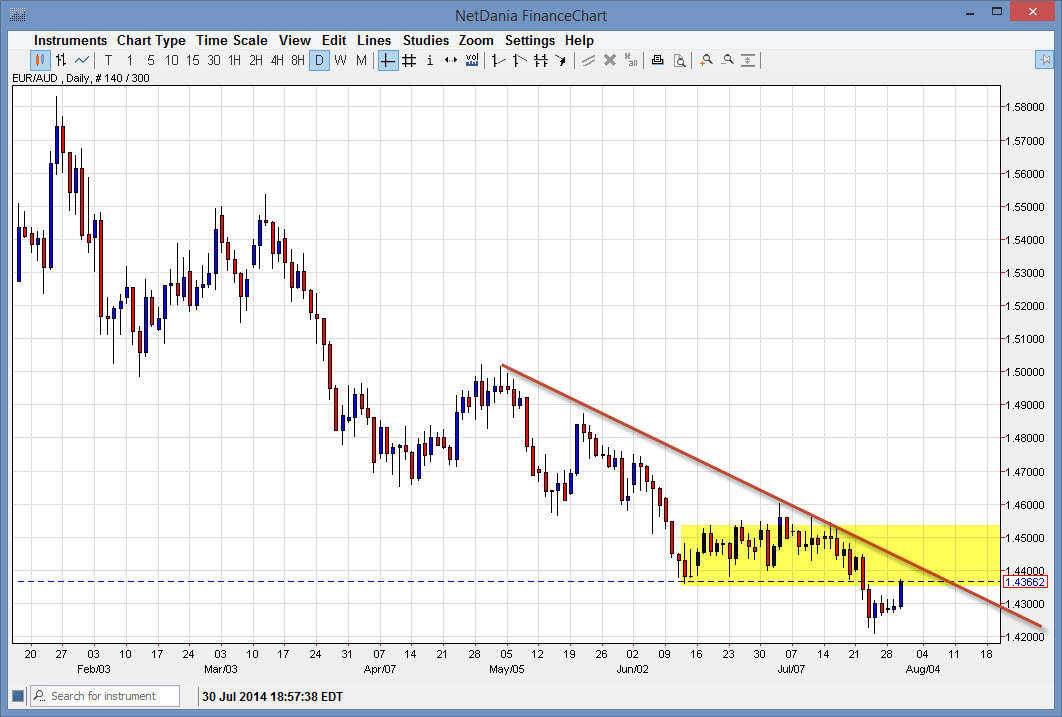The EUR/AUD pair is in one that a lot of you will trade, which is a mistake quite frankly as they are both major currencies. Everybody knows of the Euro has been selling off drastically lately, so it’s not a surprise to see it falling against the Australian dollar as well. This is a sign of just how weak the Euro has become, as the Australian dollar hasn’t exactly been a stellar performer either.
With the gold markets been fairly stagnant, as well as a lot of the industrial metals, the fact that the Australian dollar can continue to pound the Euro suggests to me that the move has more to do with issues in the European Union than around Australia itself. With that, all we can do is simply look at the longer-term trend and recognize that although we did have a nice bounce during the session on Wednesday, it appears that the 1.44 region is the beginning of significant resistance, probably extending all the way to the 1.46 level.
Pay attention to nonfarm payroll.
I know that when you think of the US nonfarm payroll numbers, the idea of it having an effect on the value of the Euro against the Australian dollar isn’t exactly something that comes to mind right away. The reason I think it will have an effect this time though is that the Euro itself is in focus. If the EUR/USD pair falls, you can pretty much count on this one doing the same thing at this point in time.
It is also possible that the gold markets go higher, and as a result the Australian dollar should have more demand placed upon it. Remember, Australia is one of the largest exporters of gold in the world, and that almost always has a longer-term correlation with the value of the Aussie dollar. With today been the day before nonfarm payroll, it wouldn’t surprise me at all if we drift a little bit higher, but not have enough momentum to break out to the upside. A resistant candle in this region would be an excellent selling opportunity.

